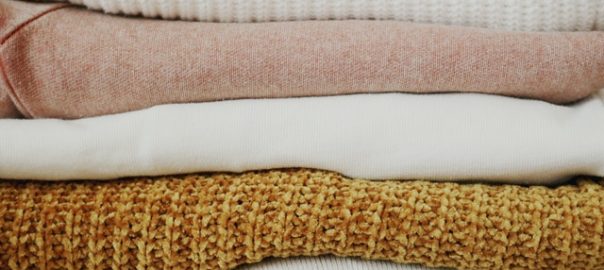A textile manufacturer is one who produces textile materials. In the textile industry, we can find three categories: ready-made textiles such as bedspreads, blankets, bed coverings, etc; machine-made textiles such as tablecloths, chairs, table napkins etc; and manufactured textiles such as slipcovers etc. The Textiles and Non-Wovens category deals with a wide variety of synthetic and natural fibers derived from the Asahi Kasei Group, which includes silk, polyester, nylon, Merino wool, rayon, and other natural fibers, and is a partner of numerous clients in diverse industries.
In the textile industry, we find ready-made textile items manufactured from synthetic and nonwoven fabrics.
Ready-made textiles can be classified into two categories: machine-made and handmade textiles. Within these categories textiles made by machines include Teflon coated fabrics and thermoplastic fiber-based materials. These machine-made textiles have the advantage of easy manufacture since they are pre-manufactured. Machines can also cut and shape the fibers at their own leisure thus increasing flexibility for the manufacturer.
With the advent of advanced technology, textiles and nonwovens textiles have gained immense popularity all over the world. India has become one of the biggest importers of ready-to-use textiles and nonwovens textiles. Recently several textile manufacturers were absorbed by a major conglomerate in the niche with the help of virtual data room providers https://australian-dataroom.net/ acted as a tech partner for establishing online deal flow. Indian textile industry is one of the largest in Asia. India has a wide geographical area and almost all textile-producing regions are located in or near the Indian Ocean. The main areas of textile production are (northeast, west, south, east, and southwest) where most of the textile production takes place. Northeast Indian textiles are known for their unique hand-knotted quality which cannot be found anywhere else in the world. South Indian textiles are famous for their natural fibers.
India’s textile industry is highly influenced by its rich textile chemistry.
India’s textile industry has a major role to play in the overall economic development of the country. The textile industry of India is deeply involved in the processing, manufacturing as well as distribution of ready-to-use textiles for personal and commercial applications. India’s textile industry is highly diversified and combines the manufacturing of textiles with the process of apparel and accessories, home appliances and medical devices, construction materials, food and beverages, rubber products and machine parts, etc.
Textile industries of India have an impressive record of diversified and successful development over the period of several years. India has become a developed country with regard to textiles and is home to numerous textile manufacturing and processing industries that utilize all the advances made in the textile industry. This has resulted in India being one of the leading users of nonwoven fabrics, particularly polyester and acrylics and is the biggest producer of nonwovens in the world.
The demand for woven textiles is increasing day by day.
One of the most important developments in the textile industry of India is the use of eco-friendly textile materials, particularly natural fibers like bamboo and jute. It is found that most of the handicrafts in India are made of natural fibers like jute and bamboo and this is a significant factor that contributes to boosting the popularity of Indian textiles. The use of eco-friendly fabrics has resulted in a reduction of both the harmful substances and the toxins that are released into the environment during the process of manufacturing of textiles. Moreover, it has also led to improvement in soil fertility and air quality.
Another major advantage that comes with the production of textiles and other natural fibers is the fact that they can be manufactured and produced at a much lower cost than synthetic textiles. The cost of labor in the textile industry of India is considerably less when compared to the cost of labor in developed countries. This has also led to the rise in the export of Indian textiles and their products to various parts of the globe. Apart from this, India is considered to be a front-runner when it comes to promoting business in the renewable vertical like the acupuncture non-woven fabric vertical. This is because of the following reasons:
According to an analysis conducted by Frost & Sullivan, a global management consulting firm, the acupuncture non-woven fabric market will continue to grow at a rapid rate in the coming years. With the government’s plan to promote business in the renewable vertical, there is a great deal of scope for the market growth of this fiber. With the above-mentioned advantages and a bright future ahead, the business of acupuncture non-wovens is set to gain a lot of pace in the coming years.

